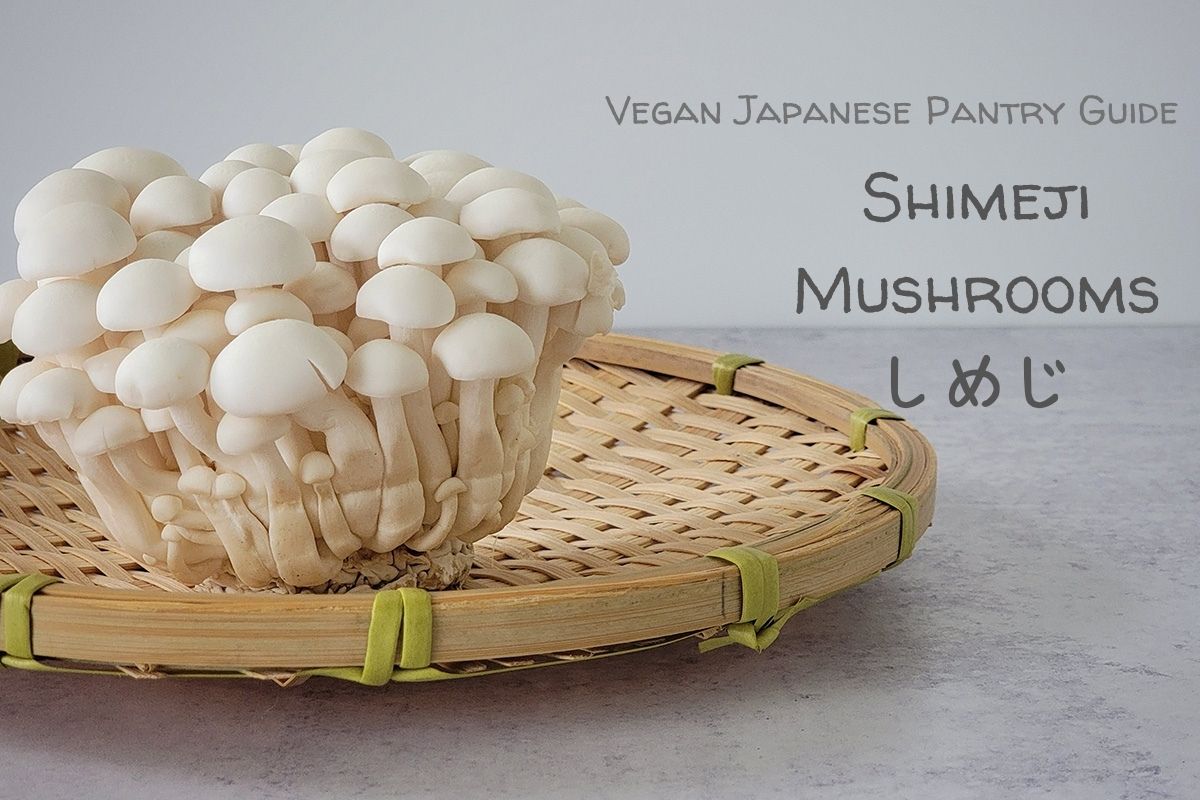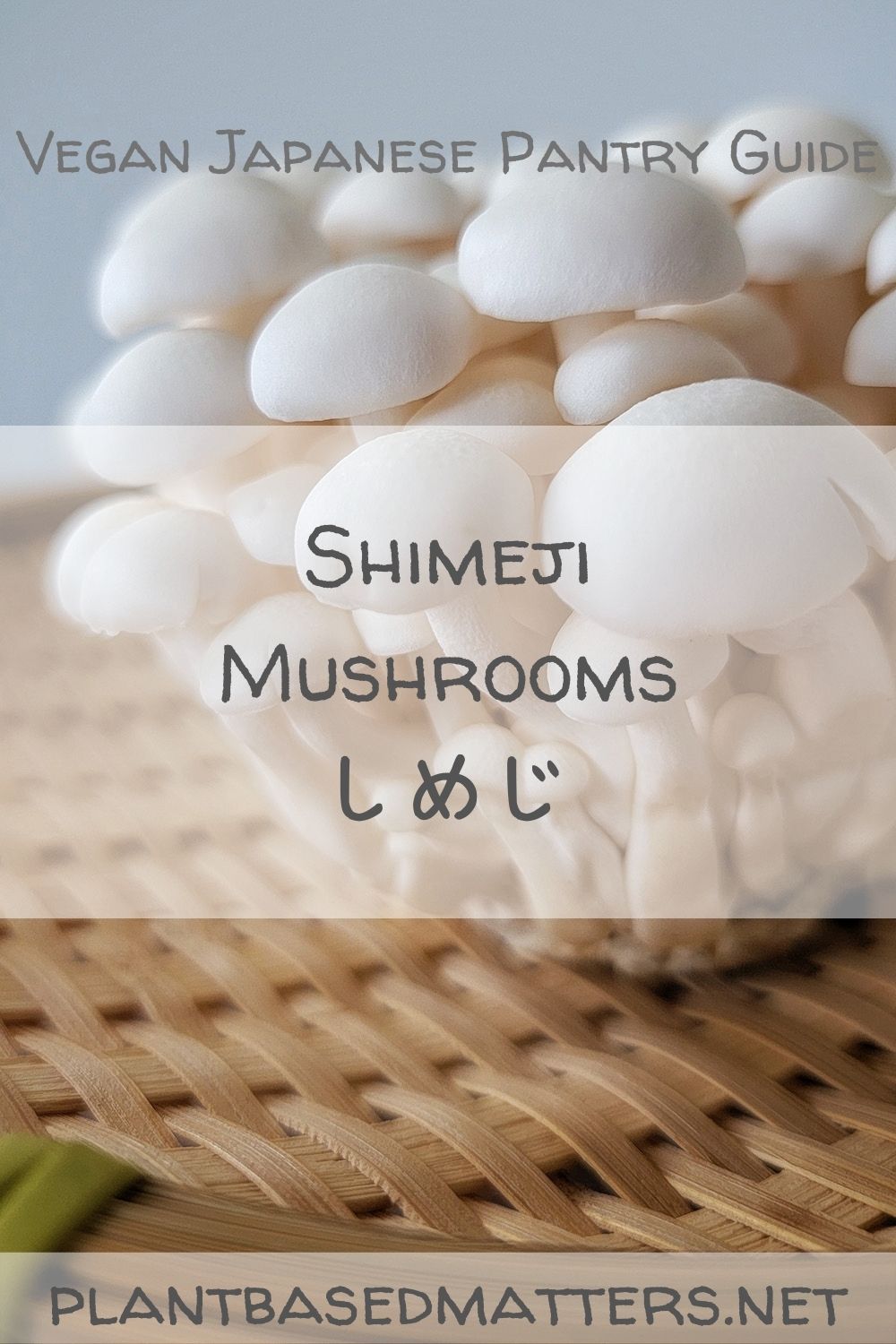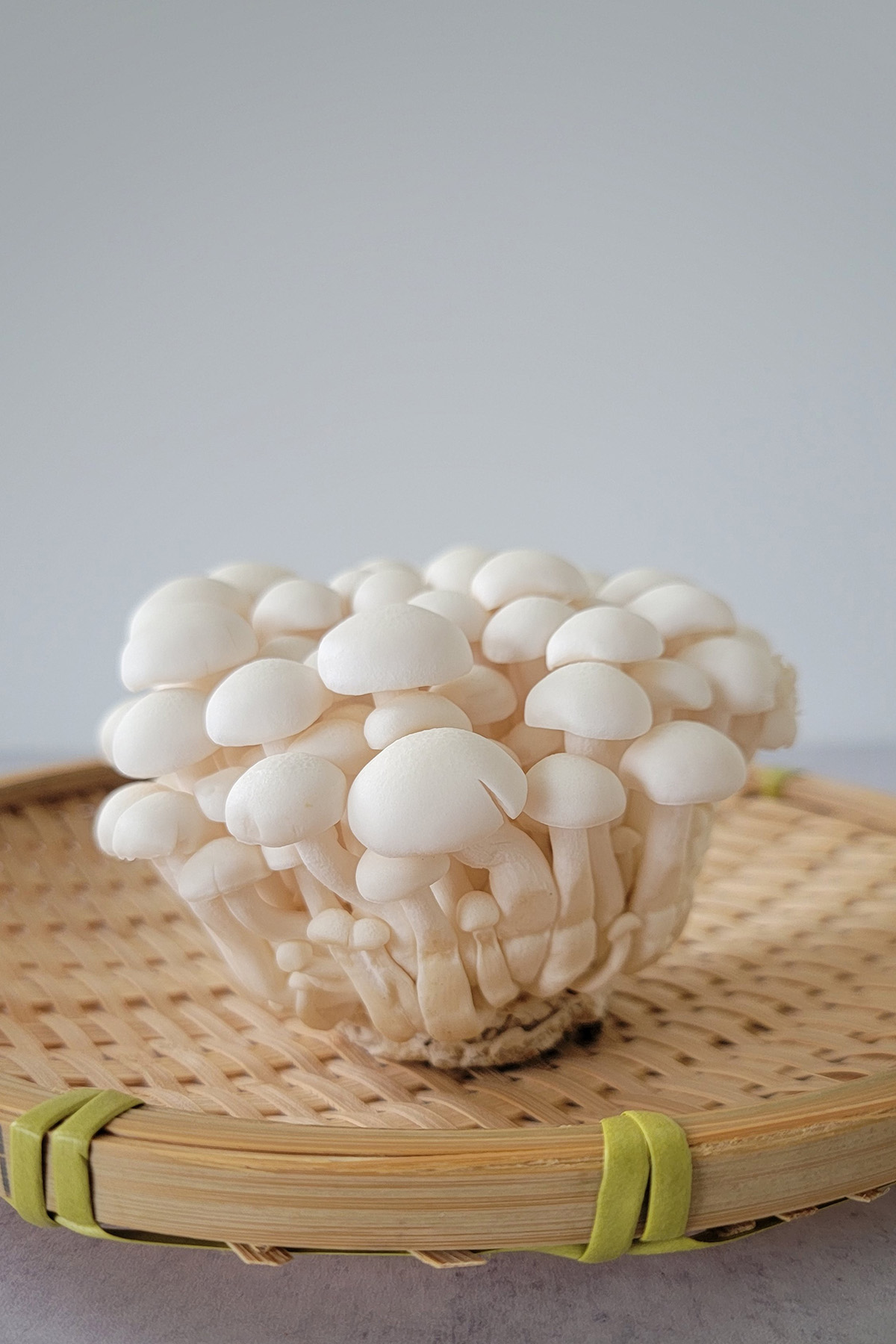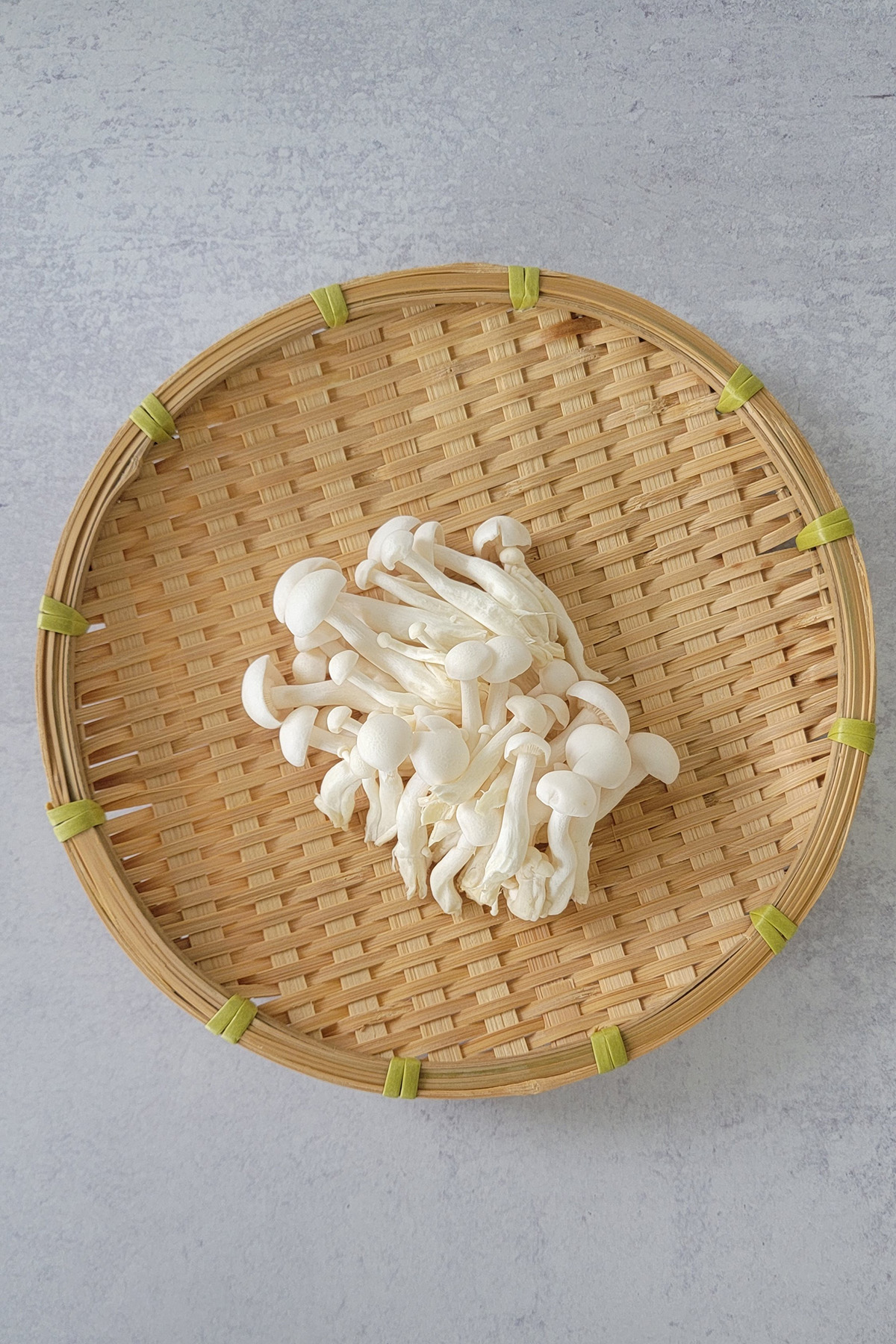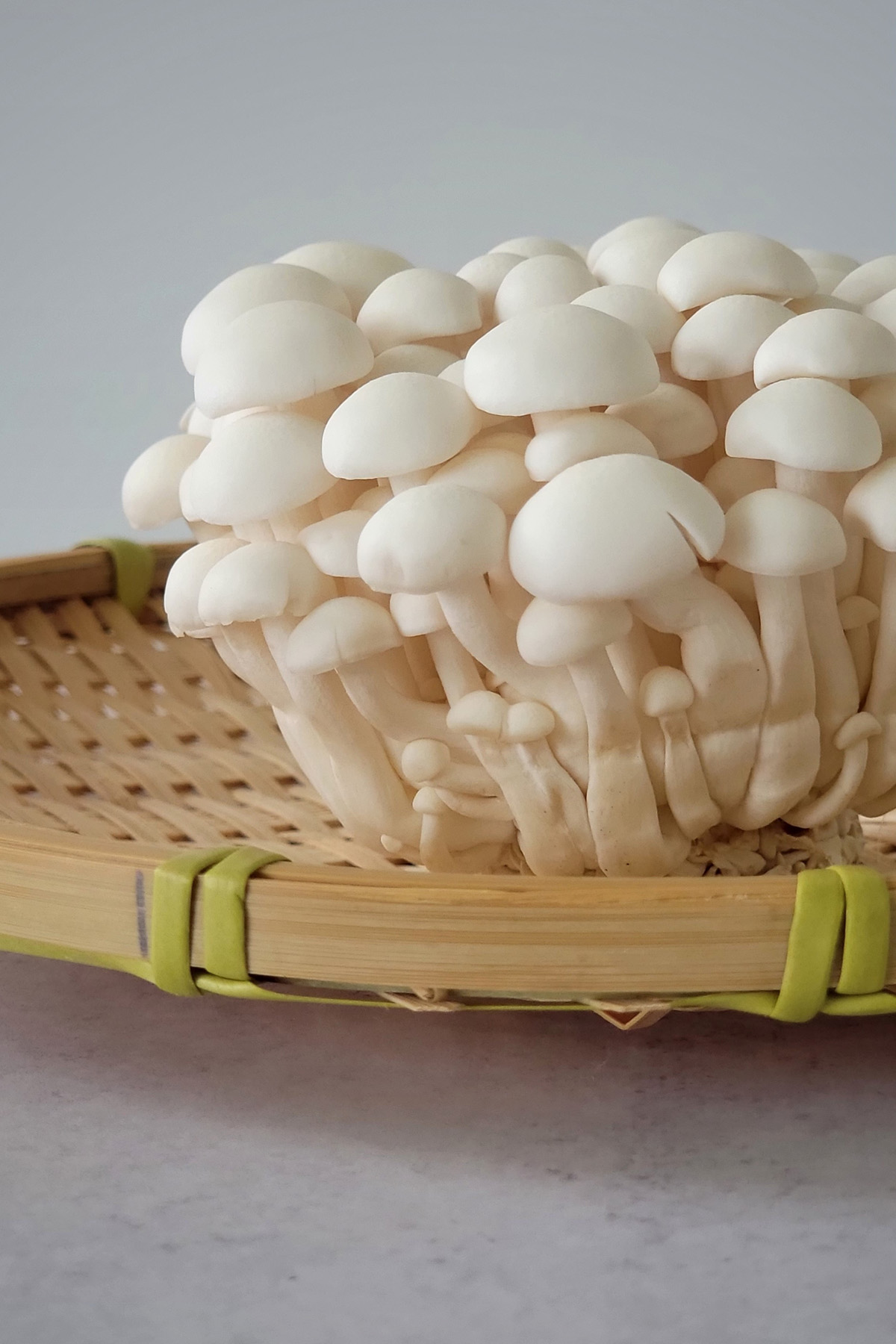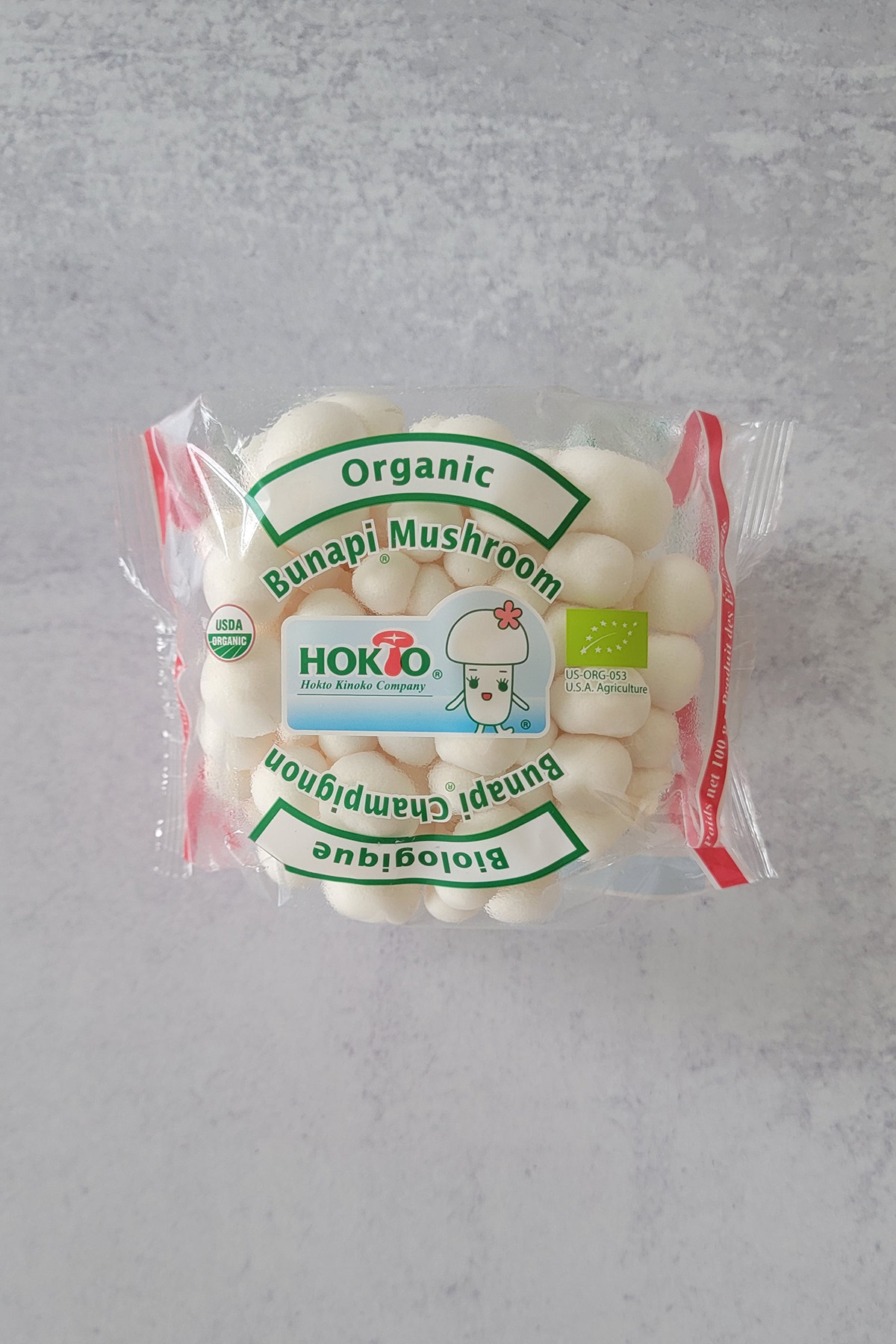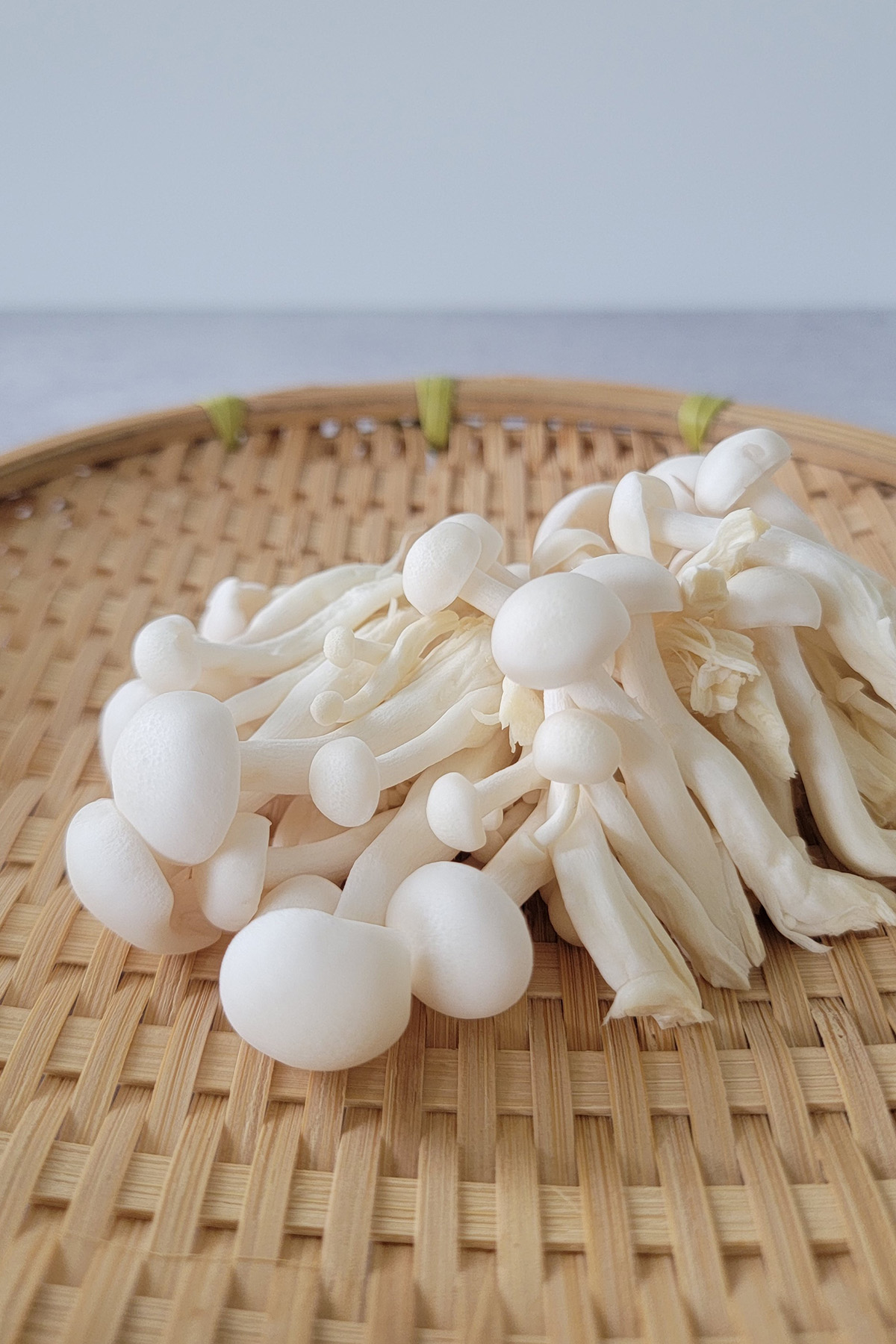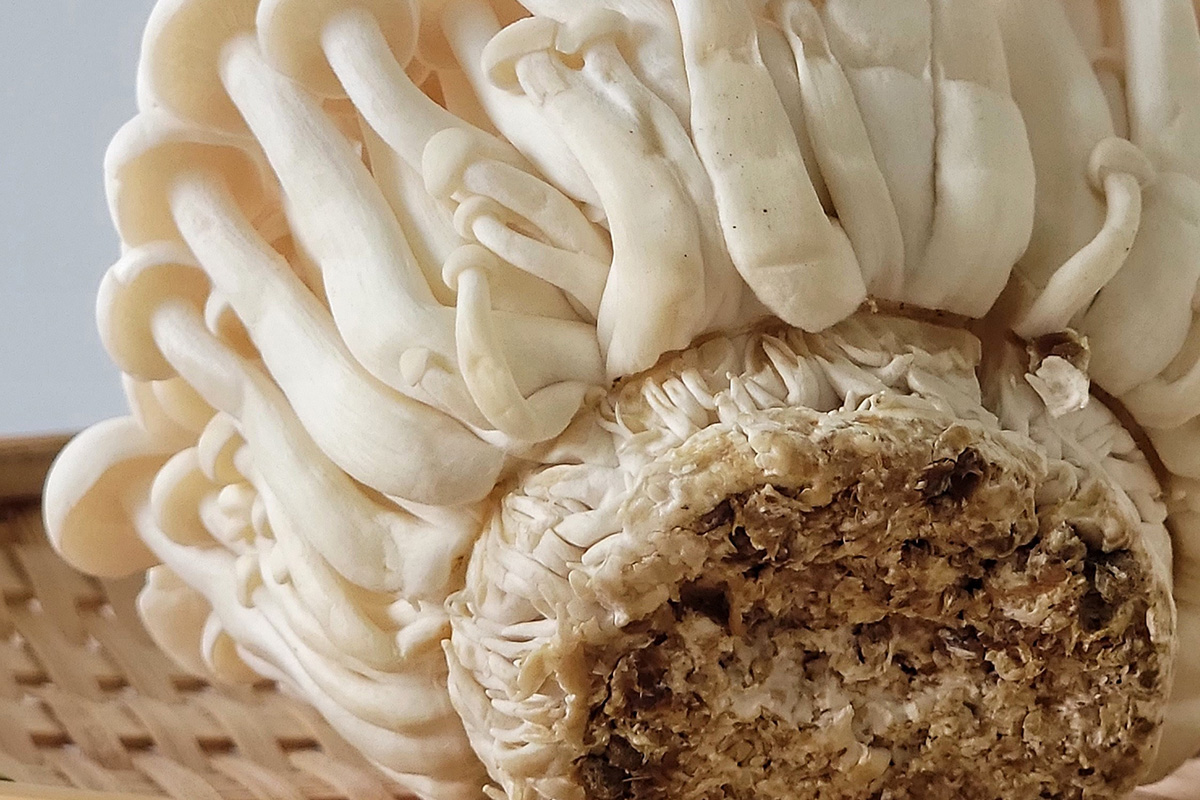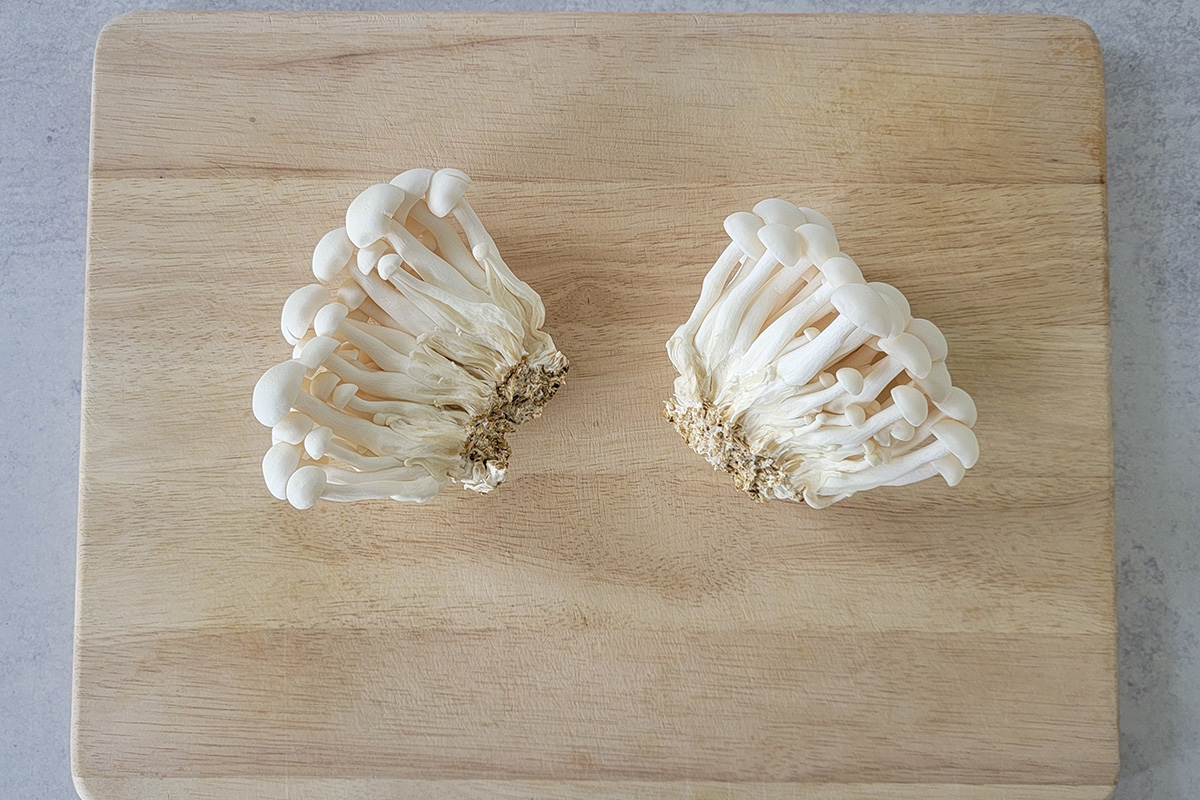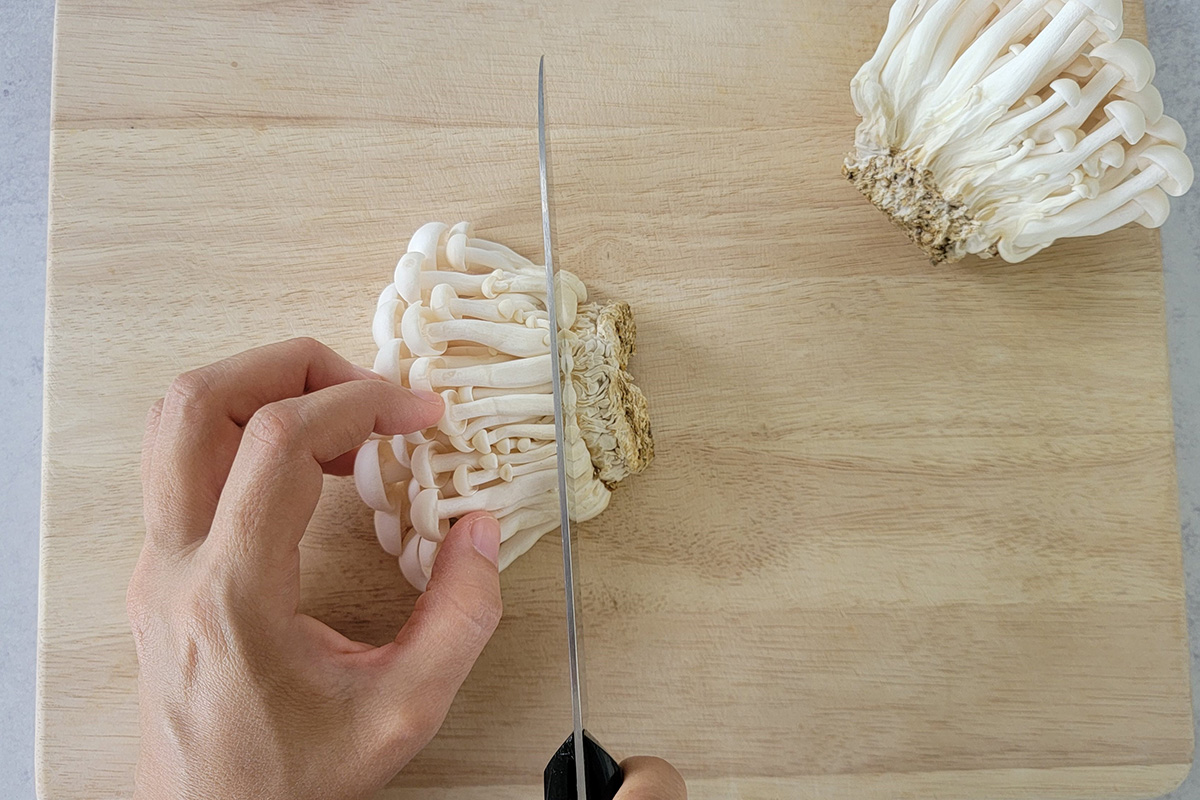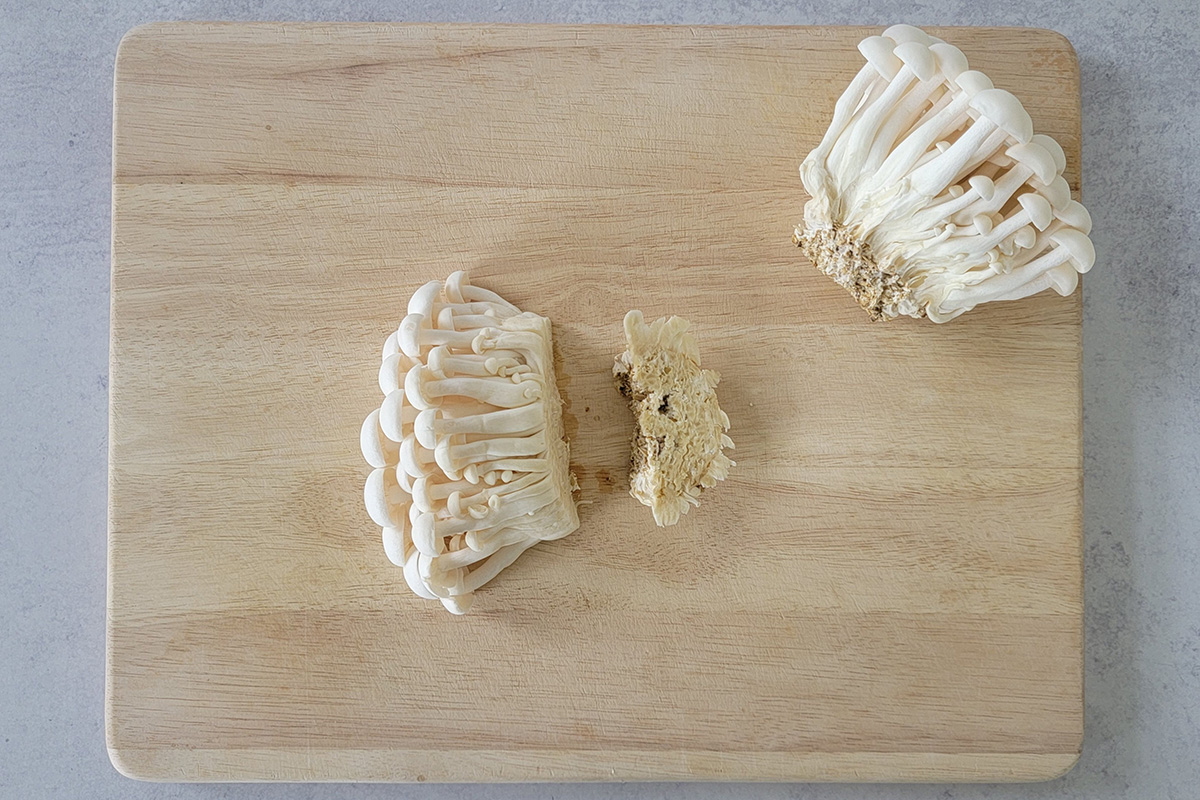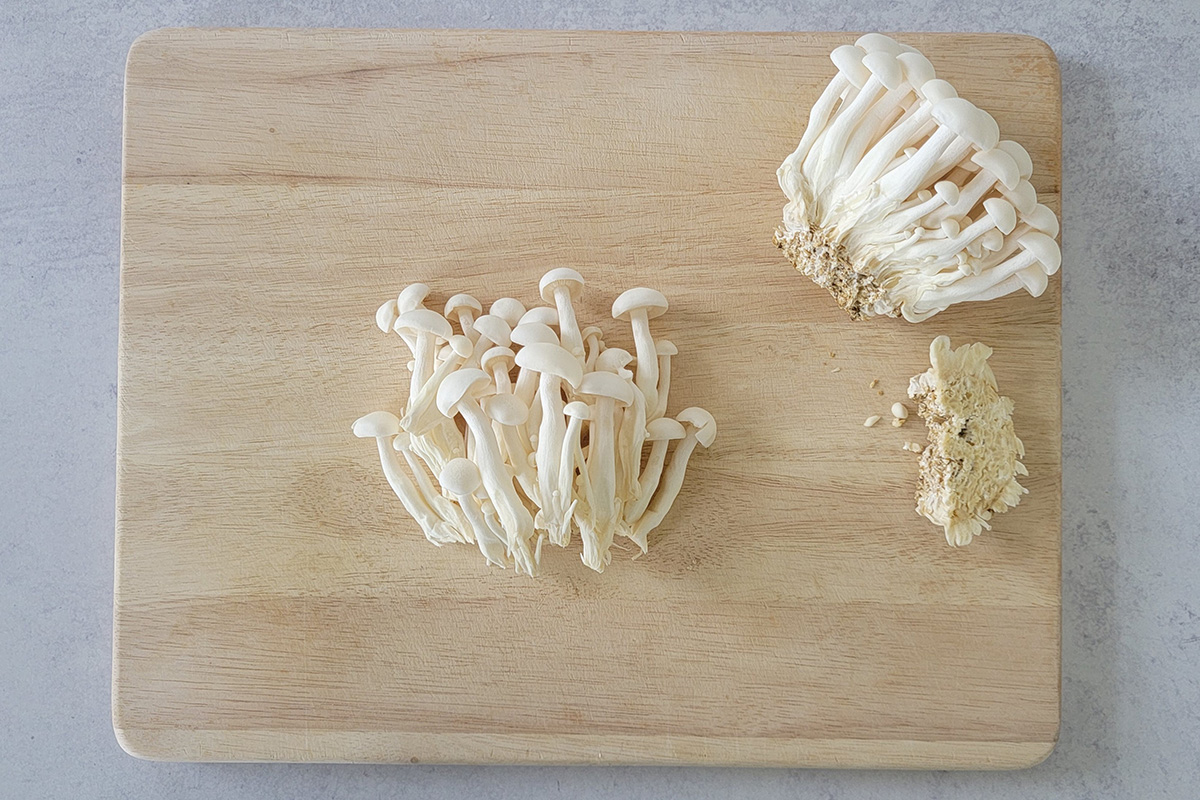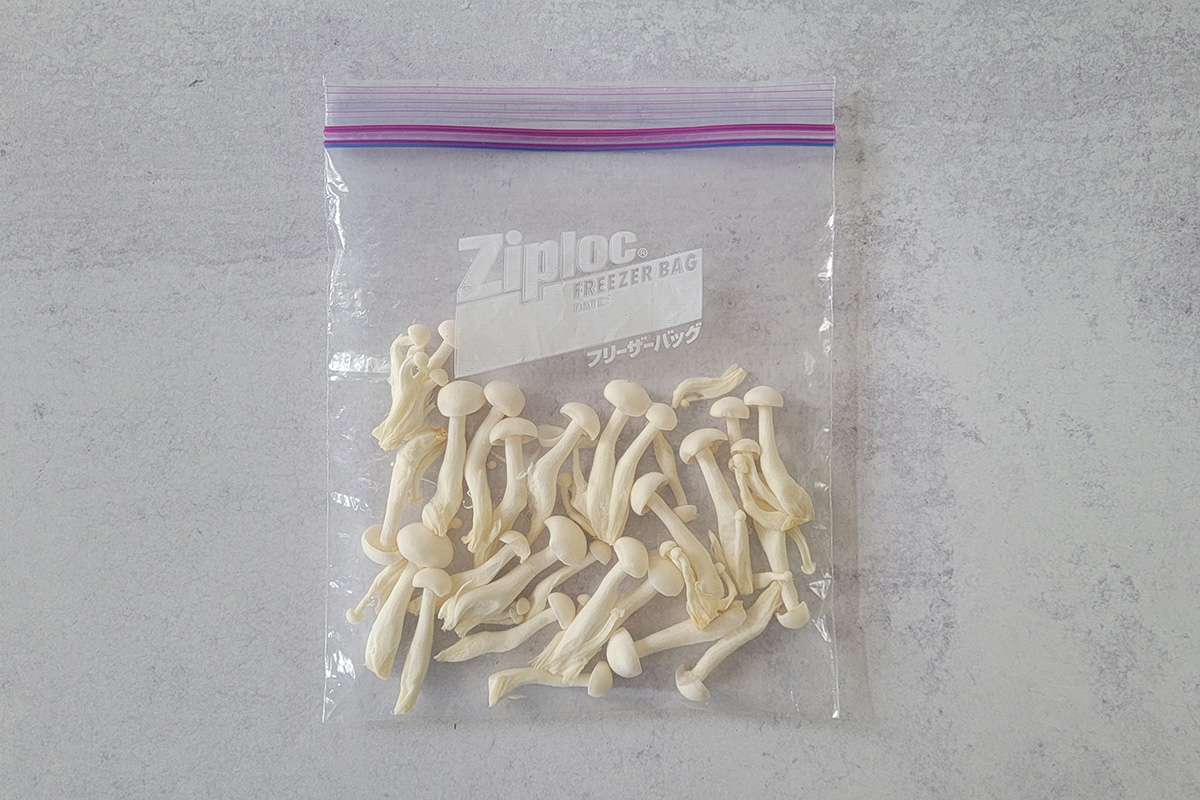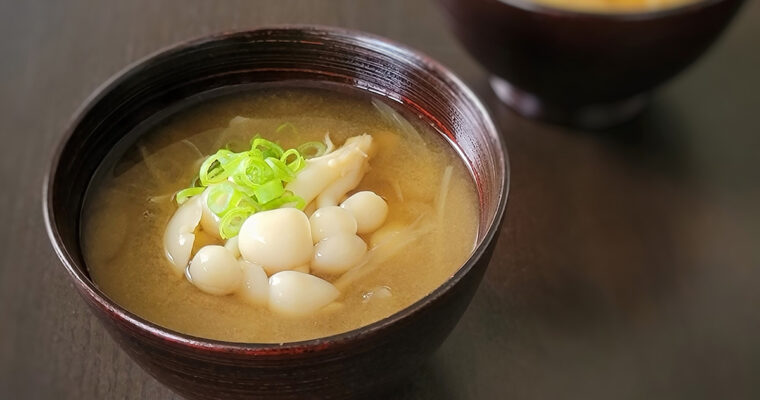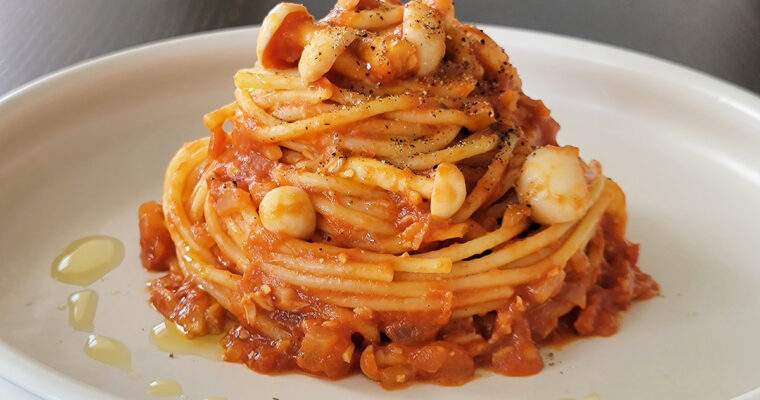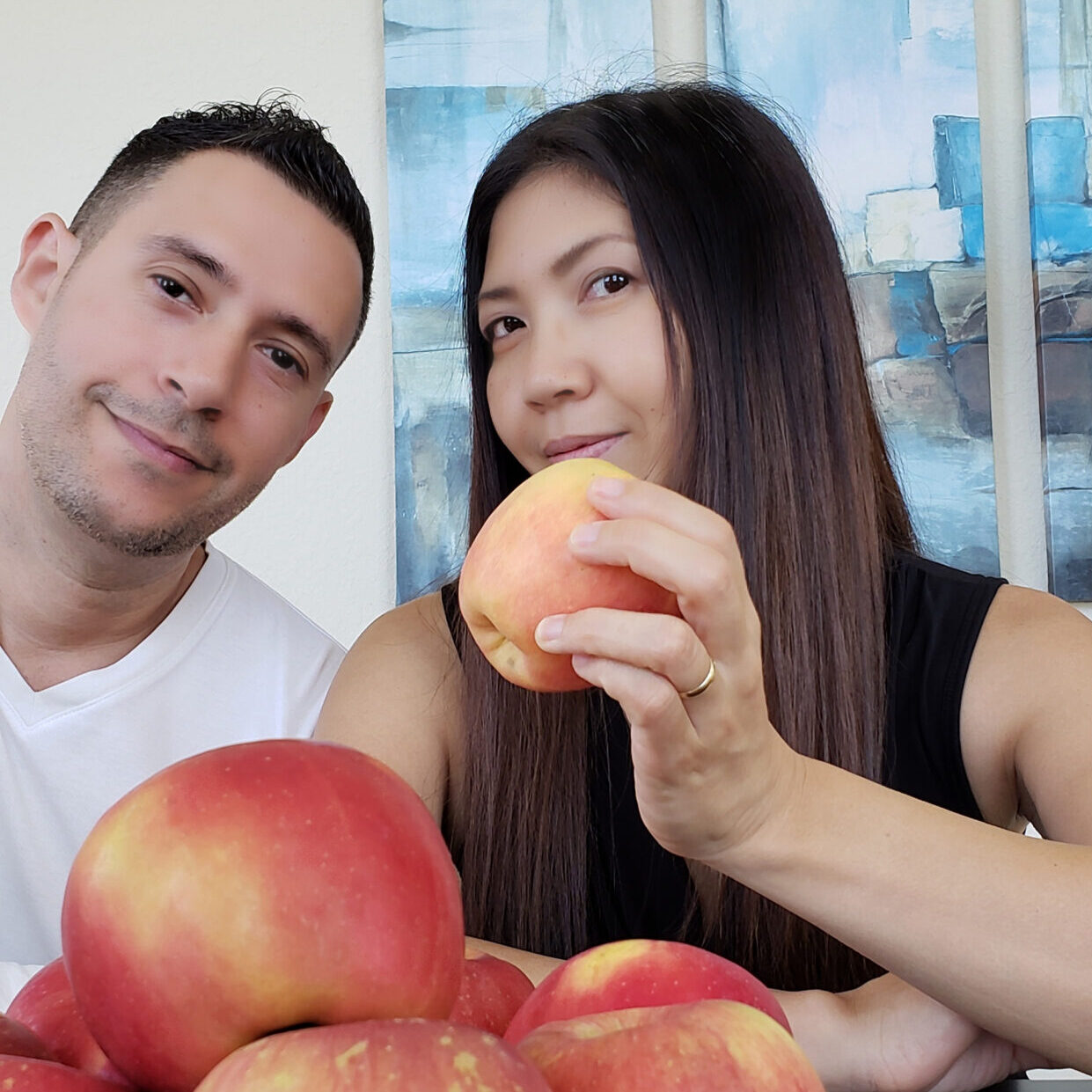Last Updated on November 18, 2021
Shimeji Mushrooms are a very versatile popular mushroom that often appear in Japanese family-style home cooked meals. You can make from side dishes to main dishes, from authentic Japanese dishes to Japanese fusion dishes. If you’ve only tried shiitake to incorporate into your Japanese recipes, shimeji mushroom is a must try ingredient!
What’s Shimeji?
Shimeji is a Japanese word for “beech mushroom” in English. Shimeji in Japanese is written in Hiragana as [しめじ] as the most commonly used way. It’s also written in kanji as 占地 (invaded or occupied the ground) or 湿地 (grown in high humidity ground.)
Shimeji mushrooms are widely used in the Japanese culinary scene.
There is a variety of shimeji mushrooms in the category and the ones that we’re typically referring to are:
- Hon-Shimeji
- Buna-Shimeji
- Brown Buna-Shimeji
- White Buna-Shimeji
Wild hon-shimeji grows on live Jolcham oak trees and/or Japanese red pine trees. On the other hand, wild buna-shimeji grows on dead or fallen beech trees.
Hon-shimeji has a similar look to brown buna-shimeji but the ones grown in a natural environment (wild) should be called hon-shimeji, per se. Although, hon-shimeji used to grow only in the wild (it was difficult to cultivate), now the cultivation has been successful. As a result, you may find cultivated ones in some grocery stores in Japan.
On the other hand, majority of buna-shimeji you see in stores is cultivated.
Here is an interesting fact. Buna-shimeji used to be sold as hon-shimeji as there wasn’t a clear distinction between the two. However, the regulation has been established stating they two are completely different products (species) to avoid consumer’s confusion.
Despite the availability of the cultivated hon-shimeji, buna-shimeji is indeed the most common type of shimeji mushrooms that we eat. The words “buna-shimeji”, “bunashimeji”, and “shimeji” maybe used interchangeably.
In the buna-shimeji category, there are two different kinds; brown and white. The brown one is more common than the white. However, I use white buna-shimeji for vegan shimeji mushroom miso soup.
Taste
The overall taste of buna-shimeji is somewhat light and mild in other words, there’s no strong or distinctive taste to counterpart with other ingredients to cook with. However, when it comes to the essence of eating mushrooms, the umami flavor to be exact, shimeji mushroom has a very high profile in its umami element!
Buna-shimeji is very rich in the particular flavor of umami which is very similar to shellfish!
For that reason, it provides a truly delicious umami-rich taste in making soups. Therefore, it’s a perfect mushroom to use to mimic clam-like taste vegan “seafood” broth. To be honest, it’s too similar in flavor that it can be a bit scary at the moment you taste it. I talk about the hack on how to bring out the best flavor possible from shimeji mushroom in vegan shimeji mushroom miso soup recipe!
While it’s completely safe to consume, some brown buna-shimeji can be slightly bitter which is a natural taste of the buna-shimeji due to the the presence of the natural element called Terpene. Terpenes are aromatic compounds found in many plants.
However, thanks to the food technology development, there are some less bitter or non-bitter buna-shimeji available such as bunapi® from HOKTO. They are one of a major Japanese mushroom growers/companies.
Texture
The texture of buna-shimeji can vary from one produce to another. Depending on how you prepare and cook, shimeji mushrooms can have a satisfying crunch or somewhat chewy texture while some other ones are tender.
What to Make with Shimeji Mushrooms
You can make a variety of delicious dishes with shimeji mushrooms such as:
- Salads
- Vegan ceviche
- Soups (check out my vegan shimeji mushroom miso soup)
- Pasta dishes (Japanese fusion or Italian)
- Rice etc..
How To Prepare
When you buy shimeji from grocery stores, it comes in a cluster with the not-so-good-looking dirty end attached which you need to trim off!
1. Trim off the end. If the cluster is large, separate into two parts and cut off the end of each part.
2. Shred or separate each stalk by hand.
3. It’s ready to use. No need to rinse!
How to Store
Once you open, it’s best to use it while it’s still fresh. Use within 1-2 days of purchase.
If not using right away or unopen, the best way to store shimeji is to keep in the bag (or container) that comes in to retain the moisture.
If you have some unused leftover shimeji, keep it in a zipper bag and freeze it. Frozen mushrooms can be absolutely delicious and the umami flavor gets concentrated more than the fresh ones.
Be sure to separate each stalk then lay in a single layer and squeeze the air out as much as possible before zipping. Then lay flat in the freezer until completely frozen.
Where to Find
I buy my organic white buna-shimeji, bunapi®, from HOKTO at a local Korean market in town. I’ve also seen a variety pack of organic mushrooms which contains both brown and white buna-shimeji at a local Whole Foods Market.
Whether it’s brown or white buna-shimeji, you can find shimeji mushrooms at many Asian grocery stores especially Japanese and Korean ones. You may be able to find them at Whole Foods Market or regular grocery stores near you.
